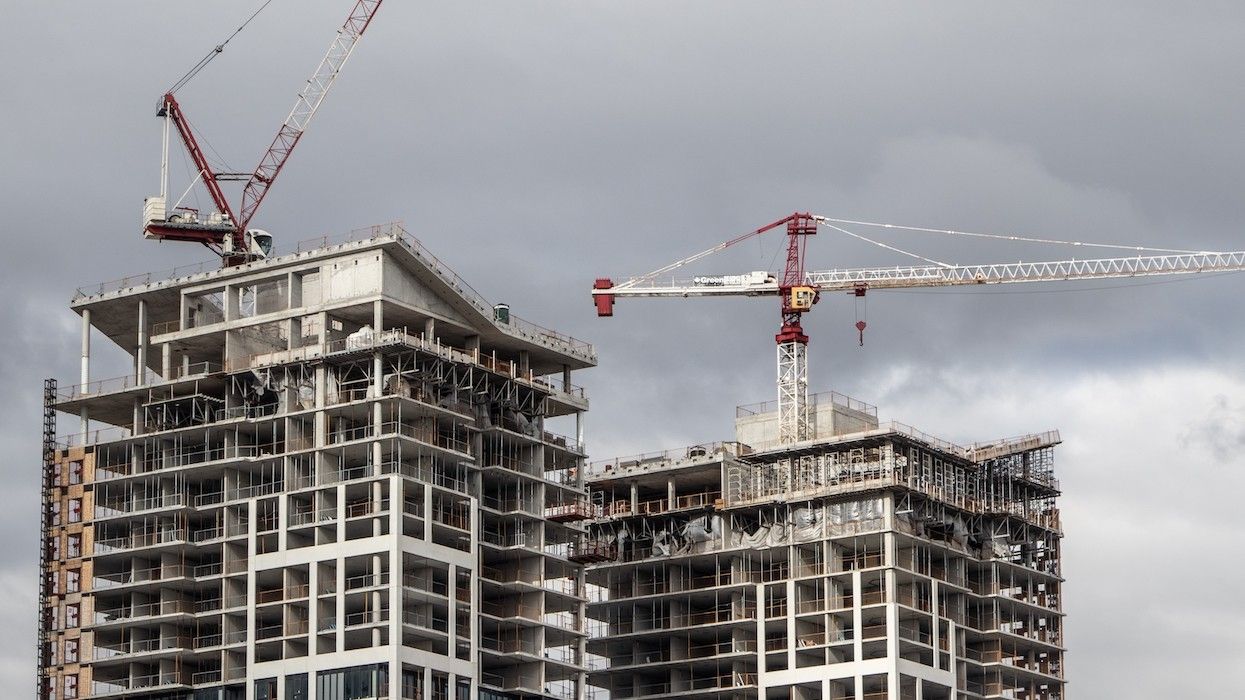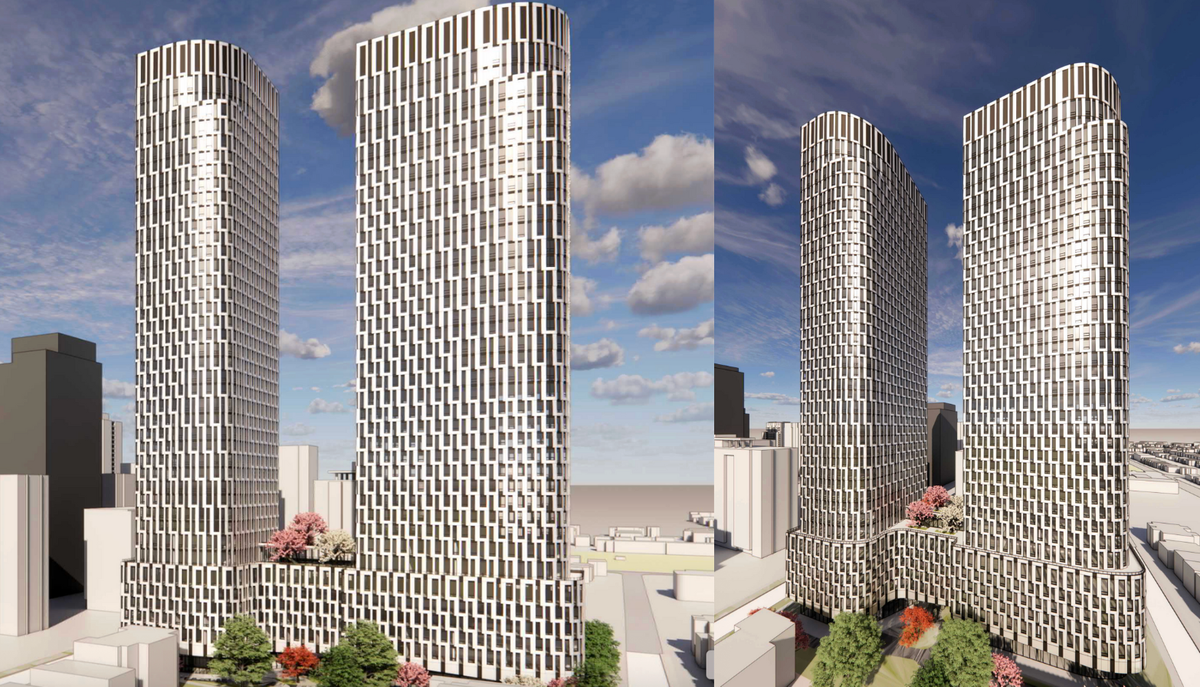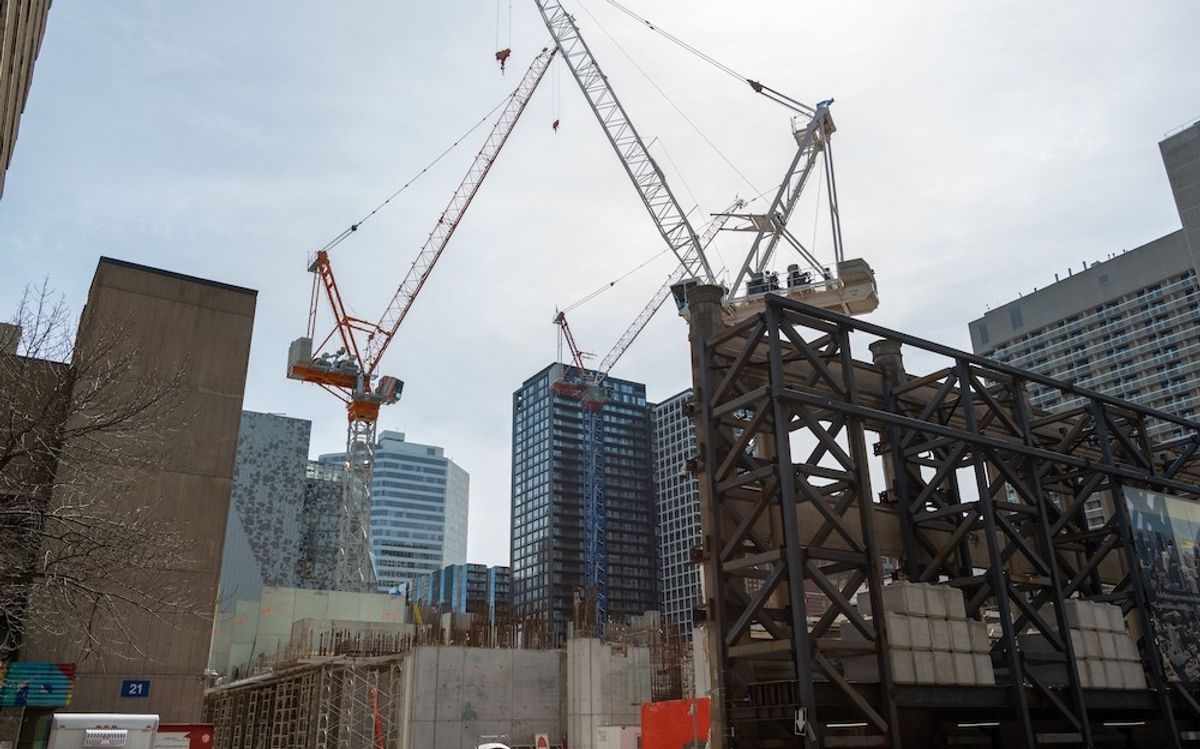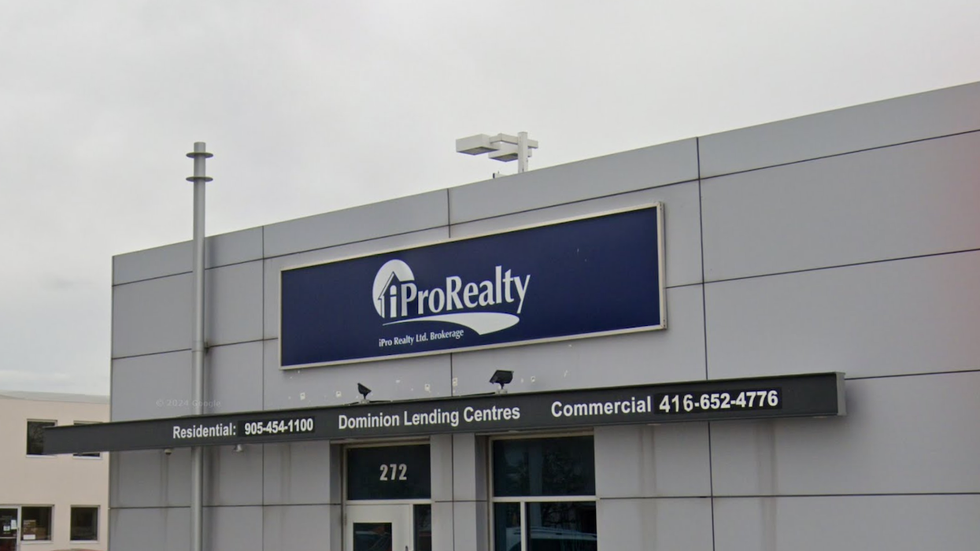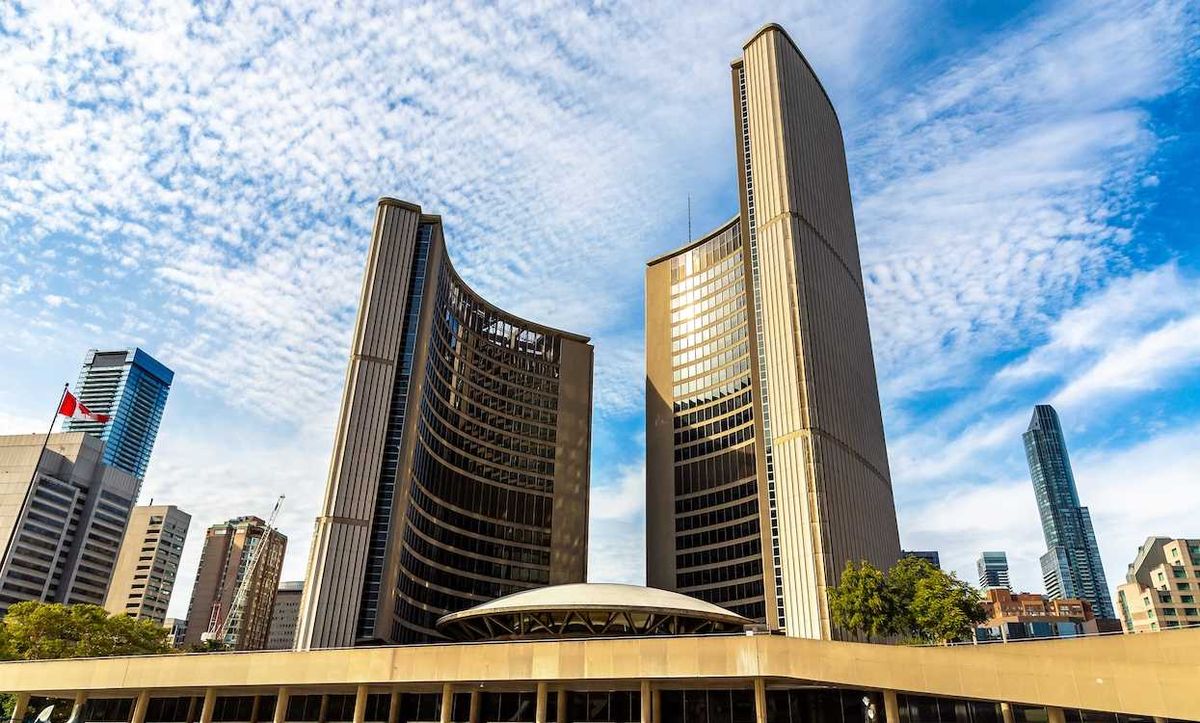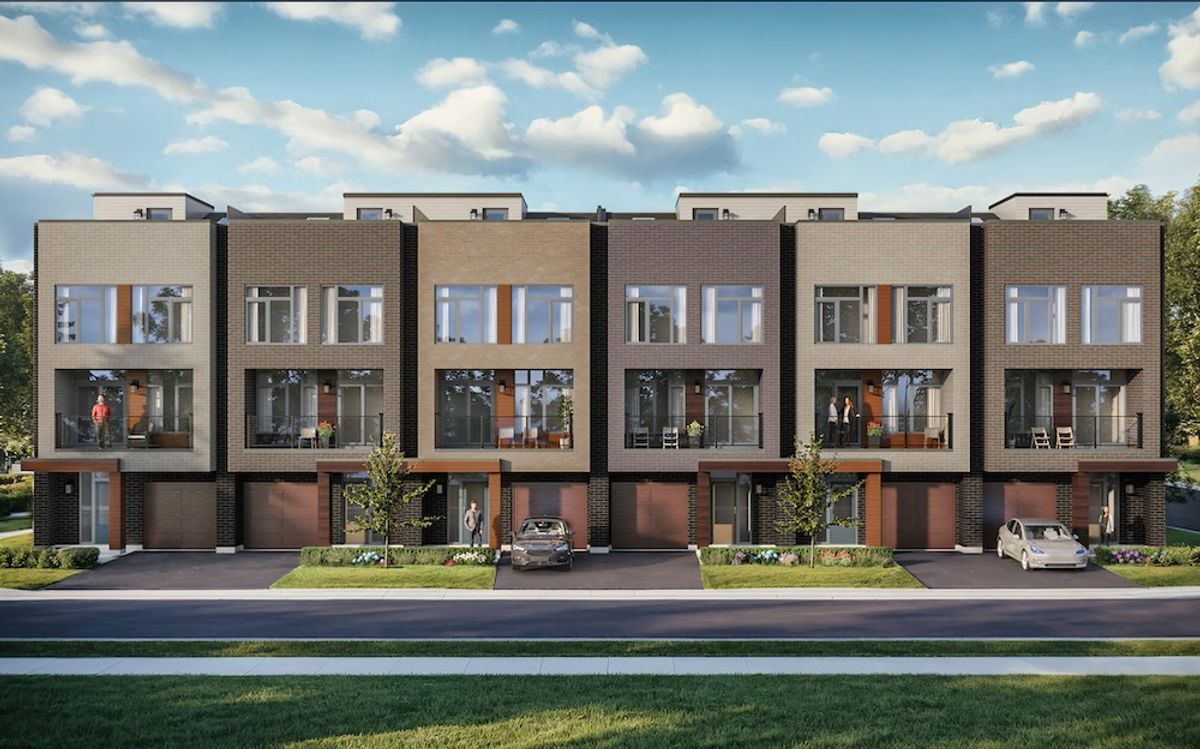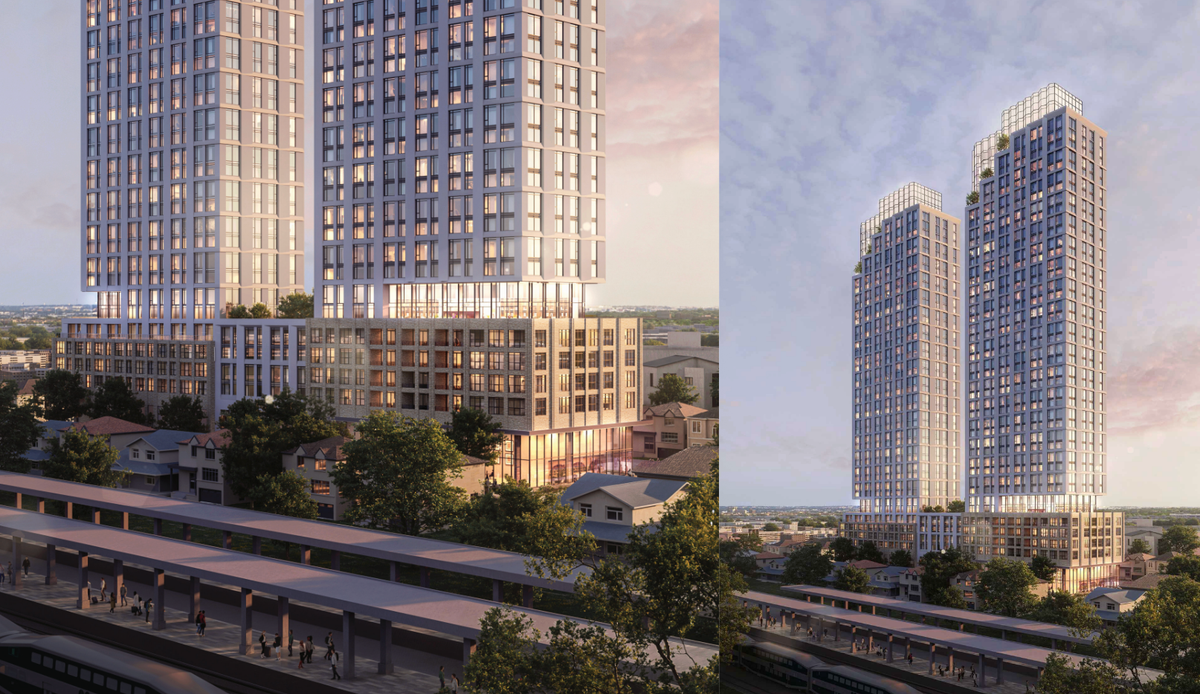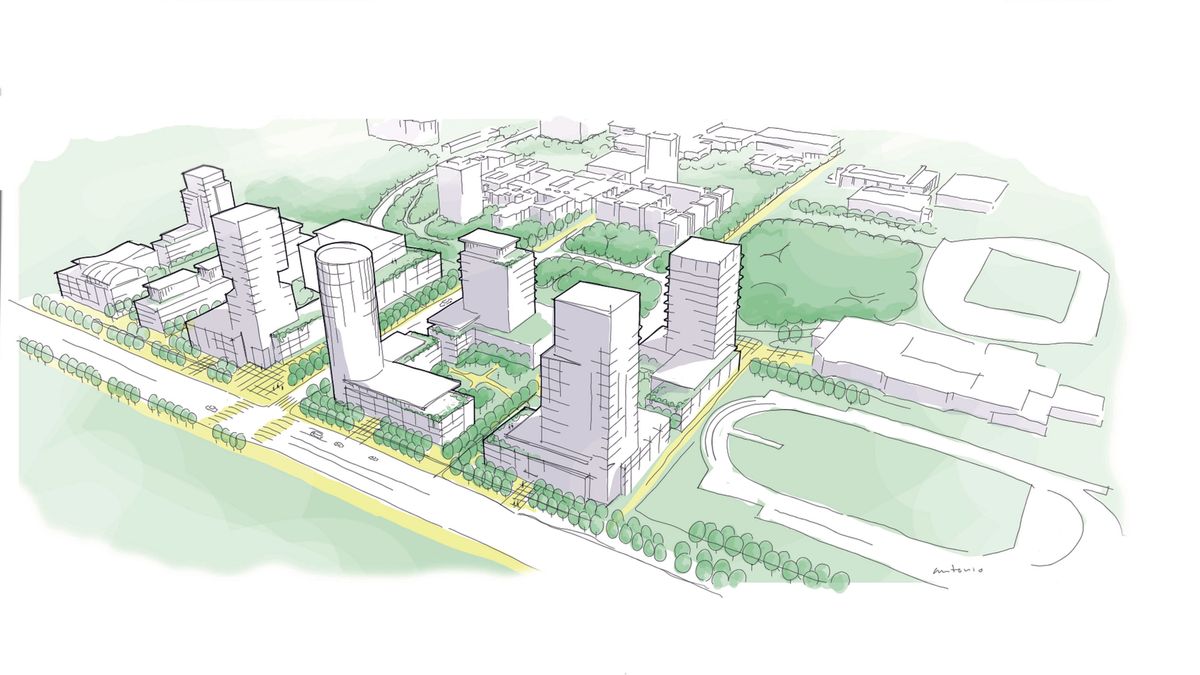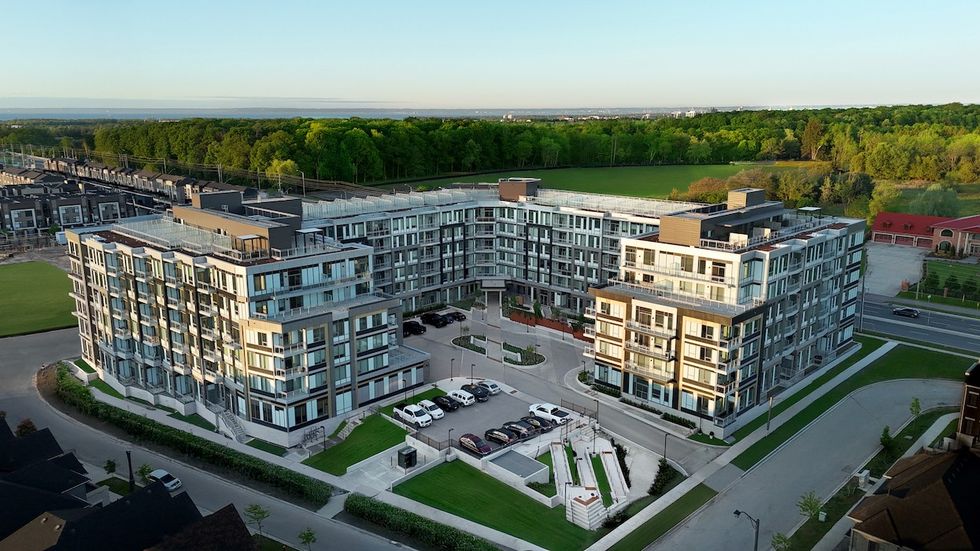We are in the middle of the most serious and generational housing supply and affordability crisis in the post-World War II era. Both federal and provincial governments have acknowledged that government-imposed costs are bloated beyond reason and, along with red tape, are preventing the construction industry from producing housing for the middle class.
This has perilous implications for quality of life, prosperity and driving away talent. Yet, the industry continues to face inexplicable continued efforts to increase taxes, fees, and levies. And the industry continues to devote considerable resources to address these mistakes rather than implementing solutions. The opportunity cost of uncoordinated housing policies and processes is in the billions of dollars.
For example, municipalities like Toronto continue to put financial hurdles in the way by raising already exorbitant development charges (DCs), hiking development application fees, and increasing levies for lane occupancy permits. It all adds up.
The outlook for new home building was already dire. New home sales have plummeted dramatically. Rental development remains inadequate. Ontario housing starts between January and March 2025 were 38% lower than during the same period in 2024. Toronto has seen the condo market slow to its worst point in more than 30 years. In Toronto, starts in the same period in 2025 were 58% below those of 2024. And they are forecasted to continue adding further pressure to social housing lists.
It is no surprise that a recent survey reported that only 533 condos were sold in the first quarter of this year in the GTHA. It was the slowest point in more than three decades, with a 62% year-over-year decline. Nationally, in March, actual housing starts were down 12.5% year over year in centres with a population of 10,000 or greater. There were 14,924 housing starts recorded in March, compared to 17,052 in March 2024, according to Canada Mortgage and Housing Corporation. And Toronto leads the demise.
An Ipsos poll conducted last year indicated that 45% of Canadians don’t believe they’ll ever be able to afford a home, regardless of interest rate cuts. Data like this shows the urgency of the situation. Toronto is closer to 85%. Yet, the City continues to pile on the fees.
It is now charging construction companies more money for shutting down lanes of traffic while building. Under the scheme, which came into effect in early April, companies are charged a $76.15 application fee, then $40.71 per 50 metres, per day, for shutting down a lane of a major roadway.
Permit and road closures fees were costing $98,800 for closing one lane of traffic, 20 to 50 metres in length, for four years in a construction hub. It would rise to $183,000 under the new system. Also, I should mention that road occupancy for new residential construction projects represents only 5% of total road occupancies. Yet, some still think the scheme is a good idea.
To Toronto’s credit, the City has decided to hold the line on DCs. However, this in no way negates the exponential 43% hike in DCs the year before. Charges for single-detached units have increased much faster than inflation and construction prices over the last 20 years. Meanwhile, Toronto is sitting on a massive reserve of DC funds of almost $3.5 billion collected from past projects, which have not been spent.
Seemingly perpetual DC hikes are levied on builders and paid for by consumers. They are supposed to help pay for infrastructure like roads, watermains, and additional community facilities. But that is often padded with other costs benefitting the entire municipality. Currently, developers pay nearly $140,000 in DCs on a single-family home, according to a report prepared in November 2024 by the Canadian Centre for Economic Analysis. The total tax and fee burden in Ontario averages almost 36% of the final purchase price of a new home – up from 31% three years earlier.
Additionally, Toronto is now looking at raising its development application fees. The Planning and Housing Committee has recommended that, subject to City Council approval at a later meeting, a new fee schedule will be implemented July 1 that raises many of the levies that will be charged even further. This at a time when supply is dramatically falling because of the egregious regressive charges.
Toronto's situation is even more puzzling given the rhetoric on the need to increase supply and the large bureaucracy apparently dedicated to this effort. Contrast this with other cities which have taken action to reduce these costs like Vaughan and Mississauga and others that did not binge on an orgy of new homebuyer and renter charges.
To have a strong and sustainable economy, it is imperative to have a healthy and vibrant residential construction industry and adequate housing supply. Adequate housing has serious implications for health and welfare. Some University Health Network doctors are prescribing housing as a remedy for ailments. They are making the point that housing is a building block for good health. It is vital for maintaining a quality of life one would expect of an advanced, modern, and competitive city. Lack of housing will hamper that effort in the face of the need to address the US threat.
If Toronto proceeds with all the new fees and levies, the housing crisis will get worse and those affected will become more reliant on health care services.
